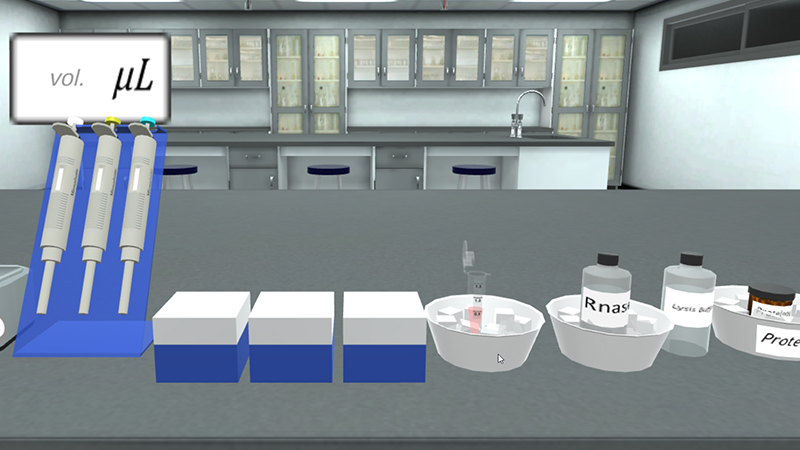DNA Extraction Virtual Lab
Biology | Molecular Biology | Biochemistry | Genetics | Microbiology






2.5M+
Active Users Worldwide
80%
Improved Learning Retention
60%
Reduction in Laboratory Costs
To extract cellular DNA using phenol/chloroform method in the DNA extraction virtual lab.
Phenol/Chloroform Method
During the DNA extraction simulation, student will:
DNA Extraction Steps
During the dna extraction simulation virtual lab, DNA extraction usually proceeds through three stages:




